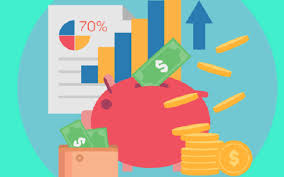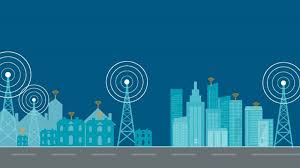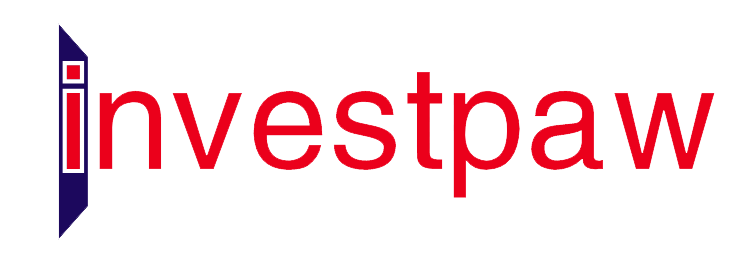What is a recession?
A recession is a macroeconomic term that indicates a significant drop in overall economic activity in a given region. It was previously defined as two consecutive quarters of economic contraction, measured by monthly indicators such as gross domestic product and rising unemployment. The National Bureau of Economic Research (NBER), which officially declared the recession, claims that two consecutive quarters of declines in real GDP are no longer considered a recession. According to the NBER, a recession is a significant decline in economic output across an economy, lasting more than a few months, and reflected in real income, real GDP, employment, industrial production, and wholesale and retail sales.
Understand Recession

Since the Industrial Revolution, the long-term macroeconomic trend in most countries has been growth. This long-term expansion is accompanied by short-term volatility, with key macroeconomic indicators slowing or even declining in the six months to several years before returning to long-term growth patterns. These short-term recessions are called recessions.
Business cycles include recessions, a normal, albeit unpleasant, part of the cycle. A wave of business failures, including bank failures, negative or slow output growth, and high unemployment all define a recession. Even if recessions are temporary, the economic misery they cause can have a major impact on the economy. This may be the result of structural changes in the economy, such as B. lagging or vulnerable companies, technologies, or industries failing and being swept away; significant policy responses by currencies and government agencies that may change corporate law; or by economic difficulties and Political and social unrest caused by widespread unemployment.
Investing in companies with minimal debt, solid cash flow and strong balance sheets is one of the best options for investors during a recession. On the other hand, avoid highly leveraged, speculative or cyclical companies.
Predictors and Indicators of Recession

There is no one-size-fits-all way to predict when and if a recession will occur. In addition to two consecutive quarters of contraction in gross domestic product, economists also looked at several indicators to determine whether a recession is imminent or has already begun. Many economists believe that there are a number of widely accepted indicators that, taken together, could signal the possibility of a recession.
First, leading indicators traditionally show changes in their patterns and growth rates ahead of macroeconomic trends. Examples of these indicators are the Conference Board Leading Economic Index, the ISM Purchasing Managers Index, the OECD Composite Leading Index, the Conference Board Leading Economic Index and the Treasury Yield Curve. These are crucial for investors and business decision makers because they can predict recessions in advance. Second, publicly released data series from various government agencies reflect key economic sectors, such as U.S. Census Bureau statistics on capital goods, new orders, and housing starts. Changes in these variables may slightly precede or coincide with the onset of recessions, in part because they are used to calculate the components of GDP used to determine the onset of recessions. Finally, lagging indicators such as rising unemployment can be used to show an economy's transition to a recession after a recession.





